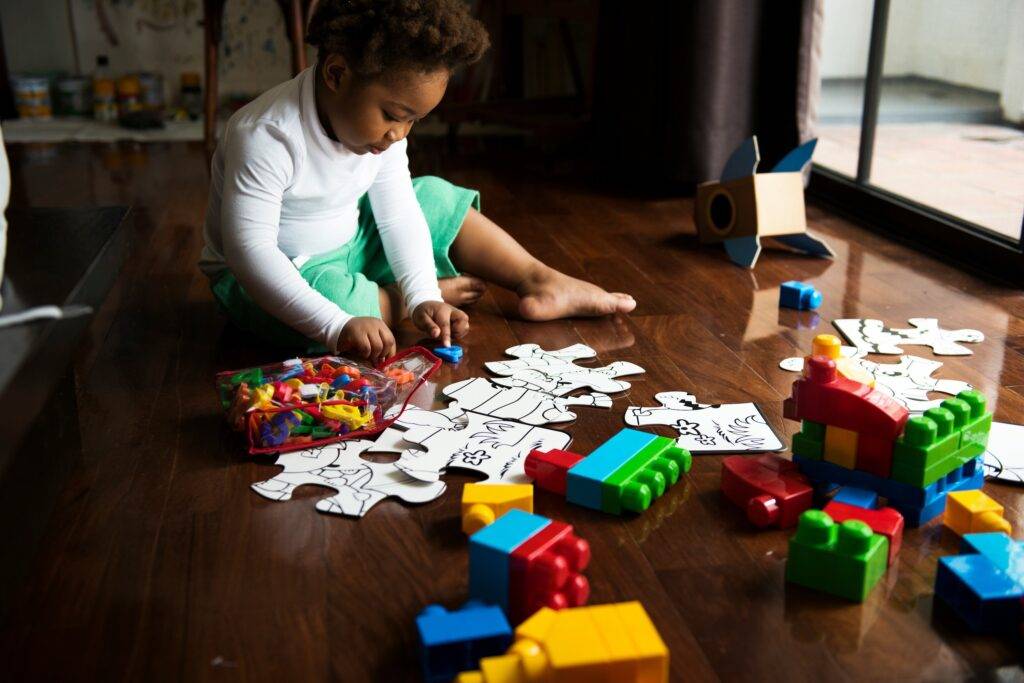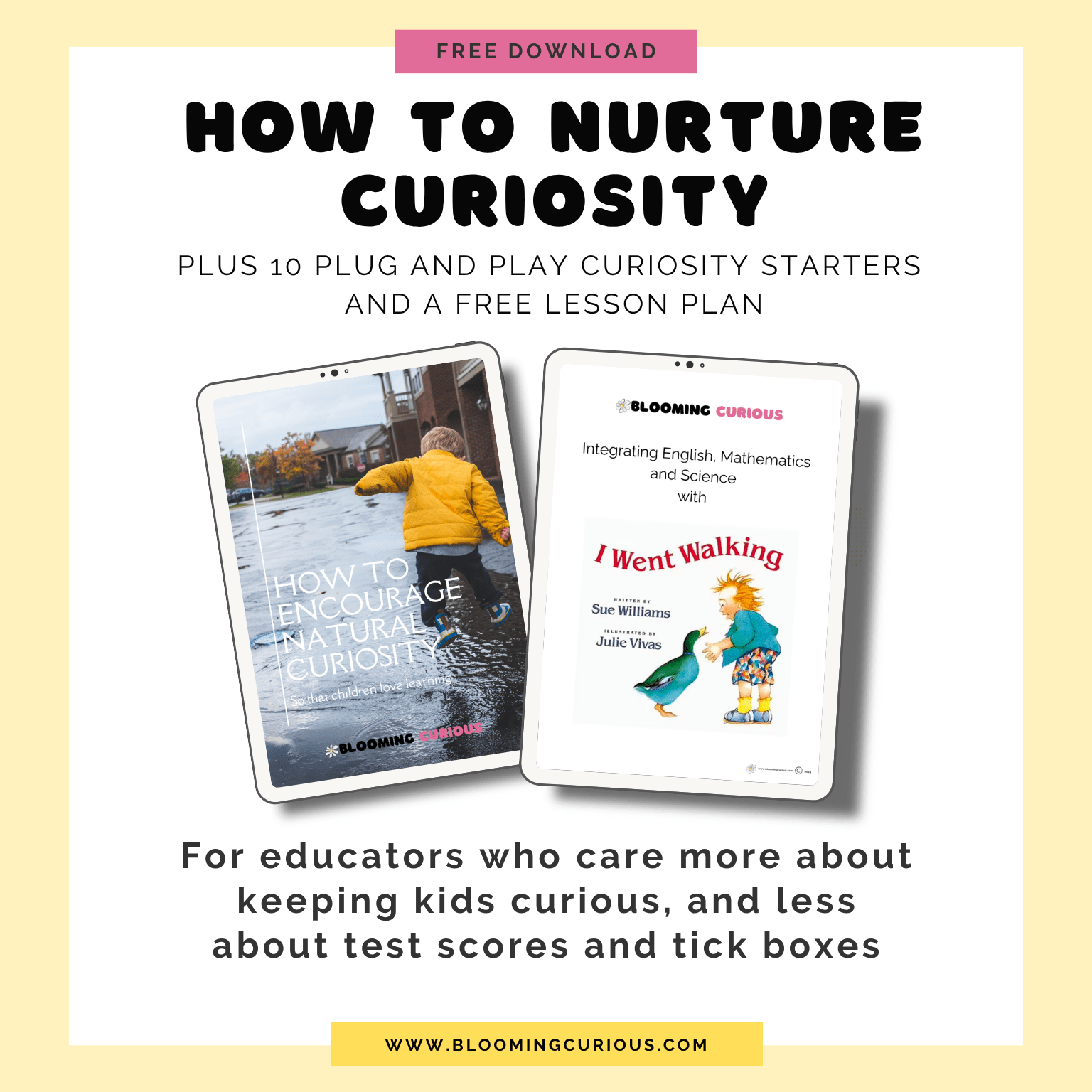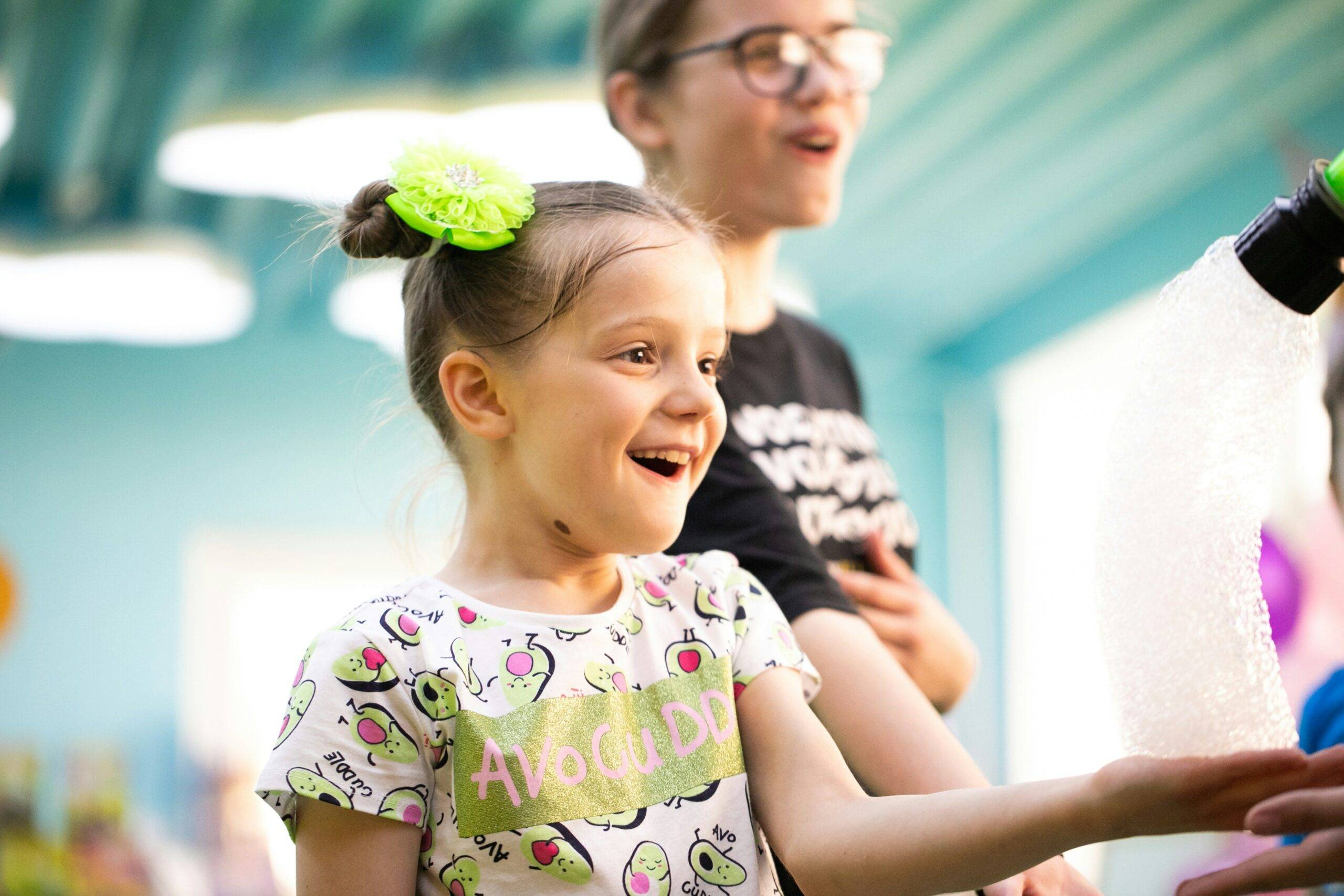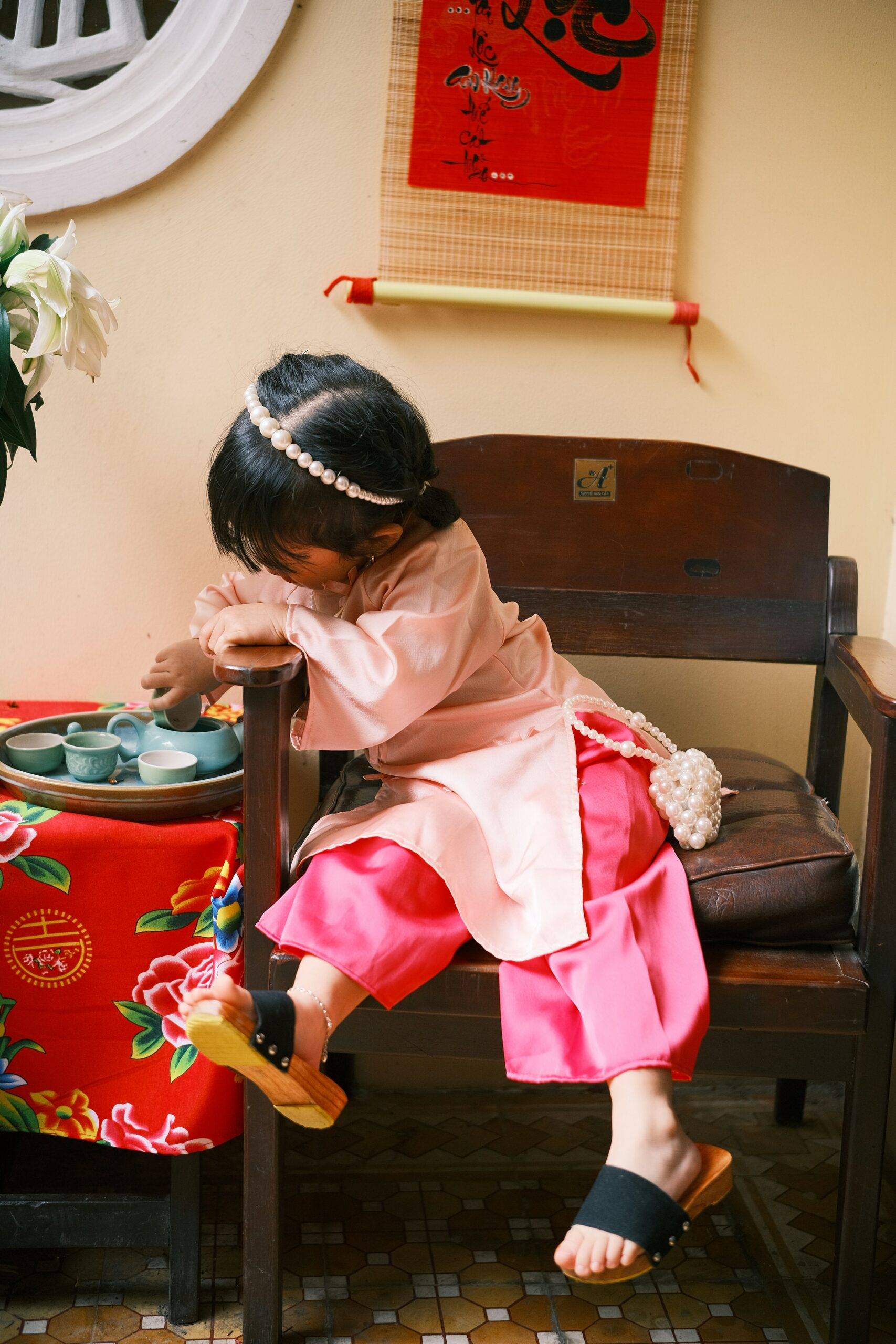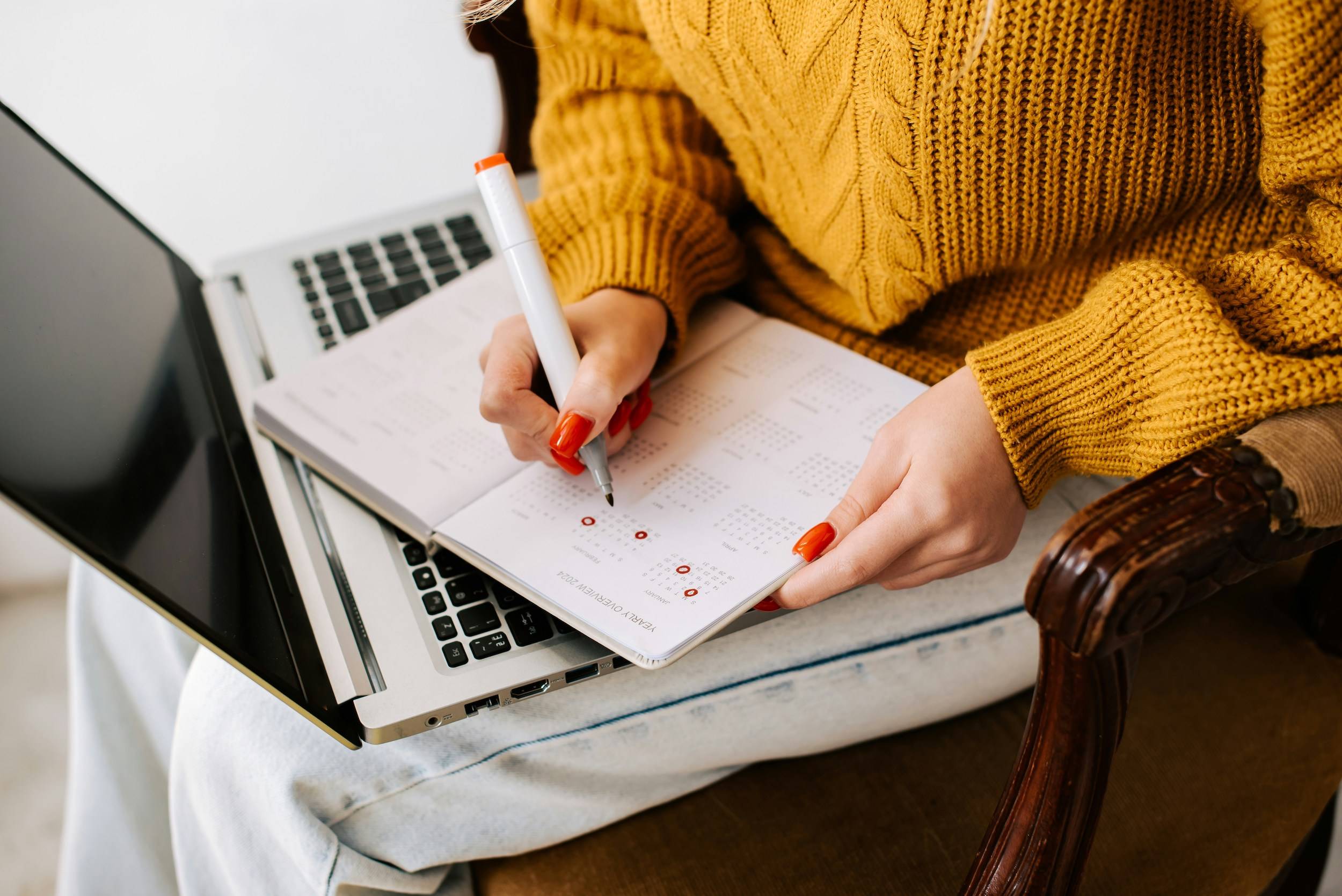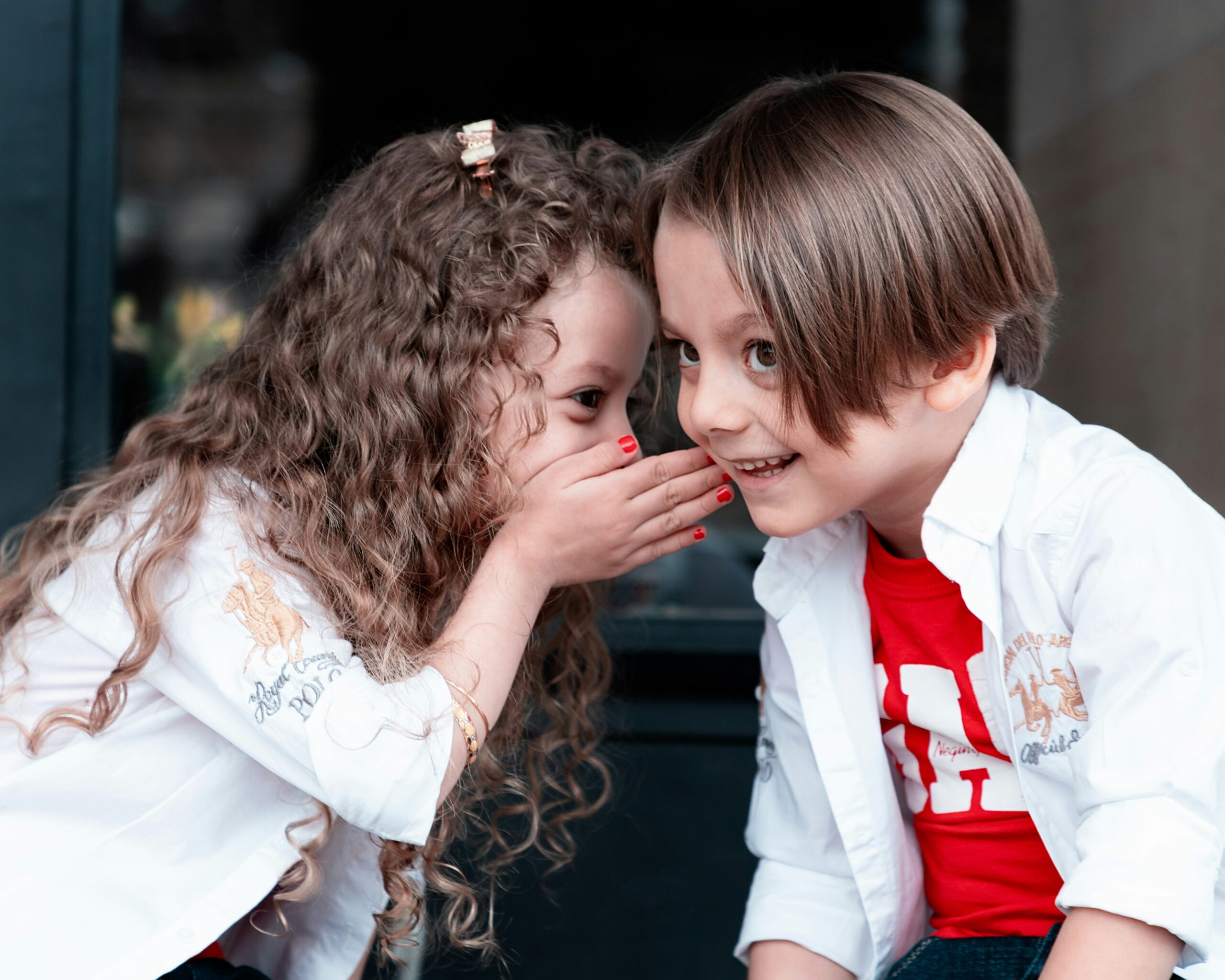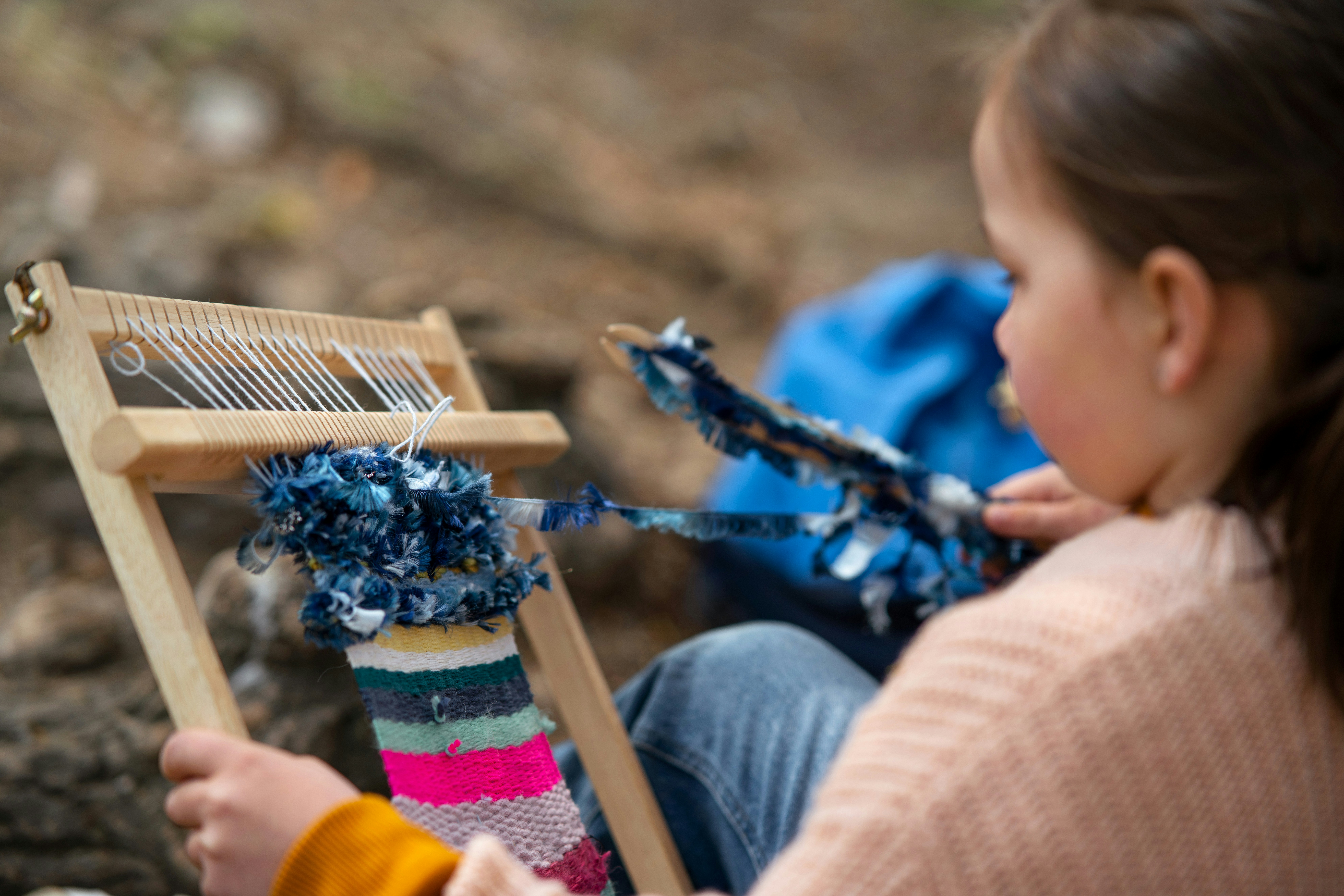Some of the links below may be affiliate links. This means that, at zero cost to you, I will earn an affiliate commission if you click through the link and finalise a purchase. All product recommendations are products that I have used and loved, or products that I would recommend based on experience.
Giving children the best start in Mathematics
In a podcast episode with Dr Aditya Nagrath from Elephant learning we heard that the majority of children start school in K/PP already behind when it comes to Mathematics.
When Dr Nagrath talked about being behind it’s important to know that what is meant by that is that they lack basic mathematical language and understanding of numbers.
Today I want to give you some practical advice on how you can make mathematics and numbers part of your everyday life so that children feel more confident with numbers and mathematics in general.
Building The Foundation of Mathematics
If you’re uncertain where to start when it comes to ensuring that children have a solid foundation in math, you won’t go wrong with the following strategy.
- Use mathematical language in our everyday experiences.
- The language of POSITION. As you go about your day, talk out loudly and say you’re sitting on a chair. The dog is lying under the table. When you’re in the park talk about the movements the child is making. They might be climbing over the wall, sliding down the slide, running between the trees, or around the fort.
- When you’re baking you might want to use the language in the recipe and of course you’re using your measuring cups. Talk about needing 1 cup of flour, or 250grams of sugar or 3 eggs, or 2 teaspoons of baking powder.
- When it comes to understanding the concept of COMPARISON, you could be using comparative language like, same, different, longer than, shorter than, heavier than, lighter than, bigger than, smaller than when you’re sorting the laundry, or sorting out your recycling, or when you’re unpacking the dishwasher. This is also the beginning of classification, when children start to group objects with similar characteristics together e.g. all the things made out of plastic, or metal, or heavy objects and light objects.
- Counting – one of the first experiences of maths for young children
- The naming of numbers in order – the stable-order principle. That’s just counting numbers in order starting from zero. When we’re talking about young children of preschool age that would just be counting to ten. When children then enter their first year of formal schooling then it will be naming numbers in sequence to and from 20 – that’s forwards and backwards.
- The next principal is one-to-one correspondence. That’s understanding that each object you count has a value associated with it. In your everyday life you can give children very firm understanding of this principal when for example you set the table together. Count each knife, fork, and plate for example. When you’re hanging up or folding the laundry, count how many pairs of underwear there are, or how many socks or t-shirts, count the buttons on their clothes or the steps to the front door! The Important thing here is that children physically touch each object as they say its corresponding number.
- The third principle is cardinality. That is recognising that the last number spoken represents the total set. So, if you’re counting t-shirts in the laundry for example count each one in sequence and if there last one is 6 then that means that in total there are 6 t-shirts.
- Later on, children learn that counting doesn’t have to start from left to right, they can start counting from anywhere, e.g. objects arranged randomly or in a circle. Then they need to learn a strategy of counting so that each object is only counted once. Once children are confident counting from 1, they can start counting from any number, like 5 or later on 10 or even higher.
- Another counting principle is subitizing. That’s when you recognize a group of objects as 3 or 4 or 5 and you immediately recognise how many there are without having to count them starting at 1. This is really handy when it comes to addition and counting on. If a child sees 3 bananas for example, and 2 oranges, they can start counting from 3 not from 1. So, they will say 3,4,5 and know the total of 3 bananas and 2 oranges is 5. Playing card games and dominoes are great activities for learning to subitize.
Counting in everyday life
When it comes to learning these counting principles there are of course a variety of fun everyday ways you can do this.
Apart from counting objects, there are songs and rhymes where numbers are repeated. Good old:
Five Little Ducks
Ten in a Bed
1,2,3,4,5, Once I caught a Fish Alive
Ten Green Bottles
Five Little Monkeys
One, Two Buckle my Shoe
Combine reading and mathematics with picture books that involve numbers like:
One Duck Stuck by Phyllis Root
One Fish Two Fish Red Fish Blue Fish by Dr Seuss
The Very Hungry Caterpillar by Eric Carle
Stack the Cats by Susie Ghahremani
Anno’s Counting Book by Mitsumasa Anno
How Many Legs? By Jim Field and Kes Gray
One Thing by Lauren Child
One Fox: A Counting Thriller by Kate Read
10 Cats by Emily Gravett
How to Count to ONE by Caspar Salmon and Matt Hunt
Count EVERYTHING!
Cut up a piece of fruit and ask the child to count the pieces.
Count the number of houses as you walk along the street.
Count how many steps it takes from one room to another.
When you go shopping, ask your child to count how many apples there are in the bag.
Go on number hunts
Find numbers in the environment and then say the numbers. The numbers on houses, car number plates, signs, calendars, shopping catalogues and road signs.
Playing shop
Create a mini shop in a pretend play area where children can label grocery items with prices – you can use sticky notes, and then talk about how we pay for items using coins, notes and even cards. With everything being digital now, it’s becoming difficult for children to have that concrete understanding of money where they can physically handle money. So, get some pretend money or even make your own paper money so that children can practice buying and selling goods.
There are all sorts of mathematical lessons that can be learnt in a pretend shop. Counting, learning about money, Recognising the different shapes and features of coins and notes, you could even introduce scales so that children can begin experimenting with weighing foods and learning about weight.
Playing games
Card games are a fun activity where children can learn how to match numbers and even order numbers.
Board games can involve the whole family. This is great to teach children turn taking, they learn how to roll dice, to move their counter and to stop when they’ve reached the number on the dice. A die is also great for learning how to subitize. Initially they might need to count the number of dots, but with practice they will come to recognise the number of dots without counting them.
Playing with shapes
Playing with shapes develops hand eye coordination and also teaches children about spacial recognition and spacial awareness.
Things you can do to develop this skill are:
Doing jigsaw puzzles, tangram puzzles or shape -sorting toys.
Talk about how shapes are similar and different. How many sides they have. Whether they have curves, corners or edges.
Sort shapes and then get your child to explain why they grouped the shapes the way they did.
Build towers and structures with blocks. Encourage problem solving by encouraging your child to build different structures with the same number of blocks.
Making patterns
Making patterns is a pre-algebra concept and really important for exploring number patterns, shapes and symmetry.
Encourage children to look for patterns in the environment. In clothing, buildings, on the fence, in paving.
Use everyday objects to create patterns. You begin a pattern and then ask the child to continue the pattern e.g. red peg, blue peg, red peg and then get the child to carry on. You can get a bit more complicated like 1 red peg and 2 blue pegs, and so on.
You can create patterns in rhythm. Like clapping patterns or even a pattern using a drum, bells or a triangle.
Children can even draw patterns or create patterns with collage.
Creating opportunities to teach maths
Mathematics and numbers are all around us and we use them every single day. Children need to be emersed in the language of mathematics so that it becomes part of their everyday experiences. This is how we build mathematical confidence in children and avoid math anxiety that Dr Nagrath spoke about in episode 68 of the podcast.
No need for text books!
We do not need text books and counting books to teach young children the basics of mathematics and its associated language. Children need to experience it in a hands-on manner through the activities that we do with them.
Simply going on a walk for example provides us with such a rich opportunity not only for nurturing a child’s curiosity about the world around them, helping them notice the structure and texture of plants and trees right in front of them, or the call of a bird, but is also the perfect opportunity to recognise patterns in the environment both man-made and natural.
It’s an opportunity for counting, for recognising that houses on one side of the street end in odd numbers and on the other side even numbers. When they pick up objects, which they instinctively will, provided they are of course safe, encourage them to bring them back home and then to sort and classify them according to their characteristics, or use them for making a simple pattern.
Resources that are perfect for including curiosity and mathematical experiences
I have two great resources for you if you want to explore this further. I have a lesson plan based on the picture book I Went Walking by Sue Williams and I have an e-guide How to Nurture Natural Curiosity where I explain exactly how something as simple as a walk can open up a whole world of different learning experiences including mathematics.
Download I Went Walking Lesson plan here, it includes the e-guide How to Nurture Natural Curiosity
Read the Blog post where I give you 7 integrated learning activities with I Went Walking.
There are endless opportunities all around us for ensuring we give children the confidence they need in mathematics. Being confident in Mathematics helps us in so many ways, and it’s not just something that only engineers and accountants use. Everyone uses mathematics in some form every single day whether you’re a home maker, a teacher, a designer, a plumber or an artist, mathematics is part of our lives.
These simple, hands-on everyday experiences are the ones that set our children up for success so that when they start to work with numbers, going forward, they have that basic foundational knowledge of mathematical language that will give them the confidence they need in their learning.
To listen to the accompanying podcast episode go HERE.
